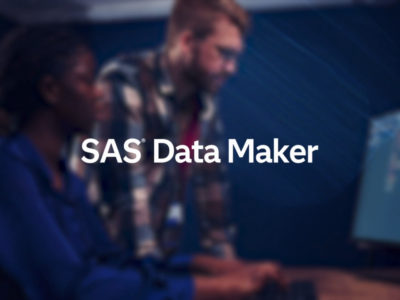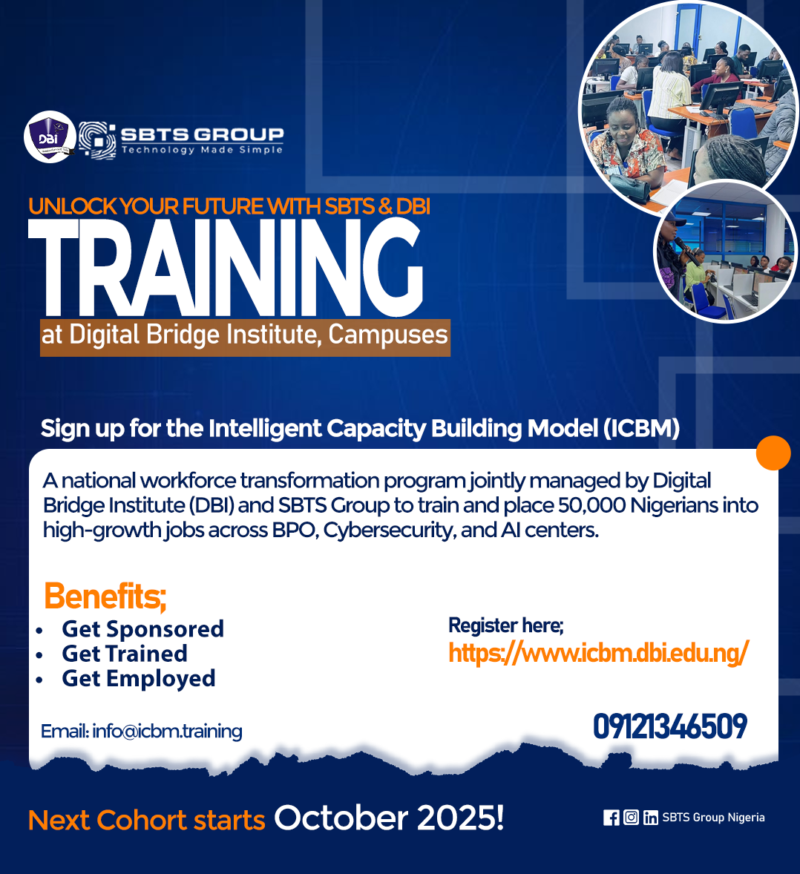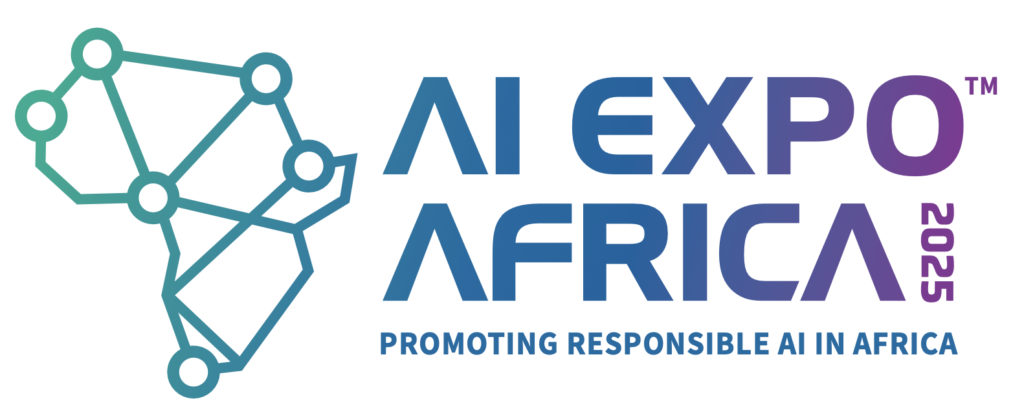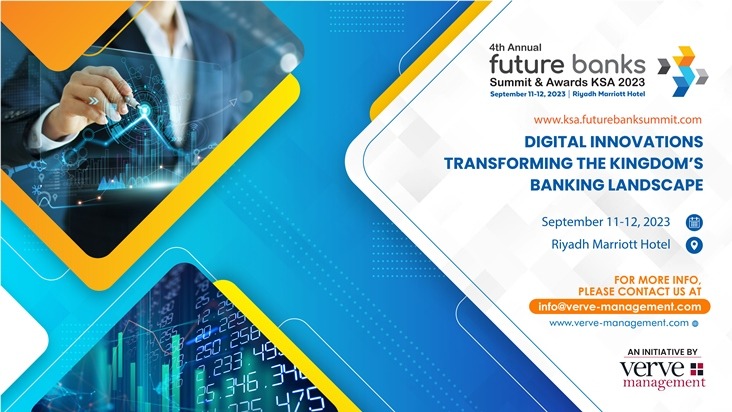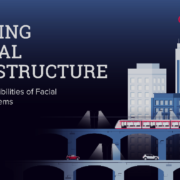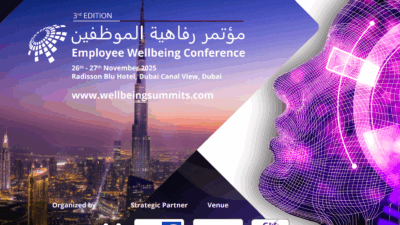World Cities Day on 31 October closes Urban October with a clear brief for governments to build people-centred smart cities where technology, data, analytics and artificial intelligence (AI) are leveraged to improve daily life and help communities recover from shocks. This global day highlights real-time, data-driven decision-making and showcases initiatives that put citizens first.
RELATED: Nigeria to explore partnership with UAE on smartcity
“Cities do not succeed because they are ‘high-tech’. They succeed because they are fair, responsive and easy to live in,” said Alexander Tikhonov, Regional Director for SAS Middle East, Türkiye and Africa (META). “That requires trusted data, explainable analytics and the discipline to measure whether public services are actually improving for people.”
Serve people first
Across META, citizen expectations are rising. Public services should be as fast and transparent as the best digital experiences. SAS analyses show that when agencies connect data and embed intelligent decisions into operations, case handling speeds up, frontline staff keep control, and service quality improves for residents. These gains come from treating technology as a means so that accessibility, dignity, and well-being are central to every transformation.
SAS guidance for smart-city leaders stresses practical foundations that integrate diverse sources (from sensors to service systems), automate routine steps, and keep humans in the loop for judgment calls. Internet of Things (IoT), combined with advanced analytics, can help cities manage congestion, air quality, utilities, and maintenance under tight budgets and skills constraints. These are problems common to fast-growing urban centres in the Middle East and Africa.
Predictive analytics and AI that amplify human-centred design
People-centred smart cities anticipate needs. Governments are using analytics to forecast demand, prioritise resources, and respond faster – from infrastructure planning to emergency operations. Real-time intelligence and automated insights help officials set better priorities, reduce backlogs, and preserve accountability.
“Start with the resident’s journey and the decision you want to improve, such as permit approvals, clinic triage, and refuse collection routes. You must then wire the data and controls around that outcome,” said Tikhonov. “When leaders frame projects this way, they can publish the metrics that matter to citizens, such as turnaround times, complaints, and service availability, and show progress week on week.”
GenAI and synthetic data
Generative AI (GenAI) and synthetic data can accelerate innovation without exposing sensitive records. Used carefully, they let policymakers simulate policies, test service designs, and stress-test operations before changes touch the real world. These tools must be deployed transparently, with model documentation, monitoring and clear escalation paths, primarily where outcomes affect benefits, safety or mobility.
Yet many agencies still underinvest in guardrails. In government globally, only about half report having a policy on staff use of GenAI; 64% allocate one-tenth or less of their GenAI budgets to governance and monitoring; and around half say their governance framework is ad hoc or absent. At the same time, benefits appear where projects are live (for example, improvements in employee experience and cost/time efficiency).
New global findings on AI trust reinforce the point. Only 40% of organisations are investing to make AI systems demonstrably trustworthy (through governance, explainability, and ethical safeguards), yet those who do are 60% more likely to double the ROI of their AI projects. For city leaders, trustworthy AI becomes a performance multiplier.
To help government agencies operationalise these safeguards, SAS has formalised AI Governance Advisory and embedded trustworthy AI features into its analytics platform, covering bias detection, explainability, auditability, and model monitoring. This helps ensure programmes remain measurable, defensible, and adaptable as regulations evolve.
From pilots to public outcomes
A pragmatic operating model for public sector AI can include defining a resident-facing decision to improve, publishing the success measures, and standing up the production path (data lineage, access controls, evaluation, monitoring, and rollback) before scaling. This “outcomes-first” stance centres on turning data into faster services and on how GenAI should support existing KPIs and missions rather than creating disconnected experiments.
“People-centred smart cities are built in increments that the public can see,” added Tikhonov. “Show a cleaner license queue or faster emergency responses in one district before you expand. Publish model cards, publish service-level targets, and keep improving.”
Tikhonov continued: “Trustworthy AI is how you scale what works. The evidence is clear. When agencies invest in governance and explainability, success rates and returns improve. That is good for finance committees, and it is better for residents who want services to work.”
A World Cities Day call to action
World Cities Day 2025 turns the focus on using data-driven decision-making, technology, and AI to improve urban life and to support recovery from current crises, without losing sight of people. For the META region, that means building empathetic systems that reflect the diversity of urban life, closing access gaps, and publicly measuring outcomes. Cities that do this will be the ones that earn trust and deliver a “better city, better life” in practice.
must be human cities needs a heartbeat




